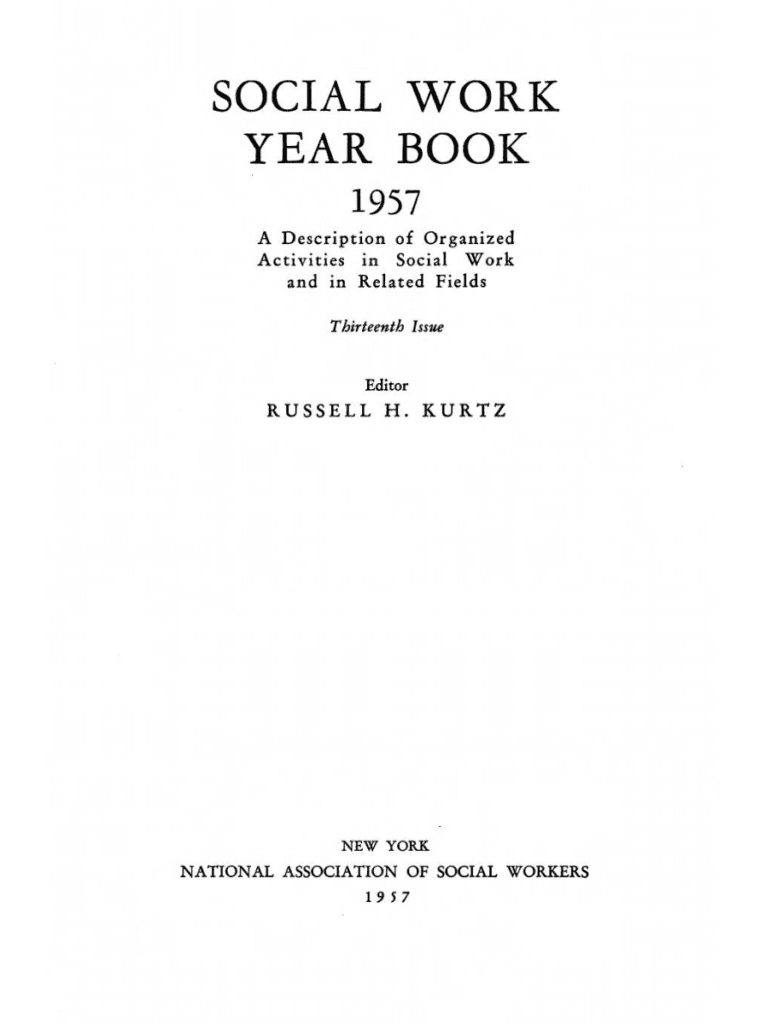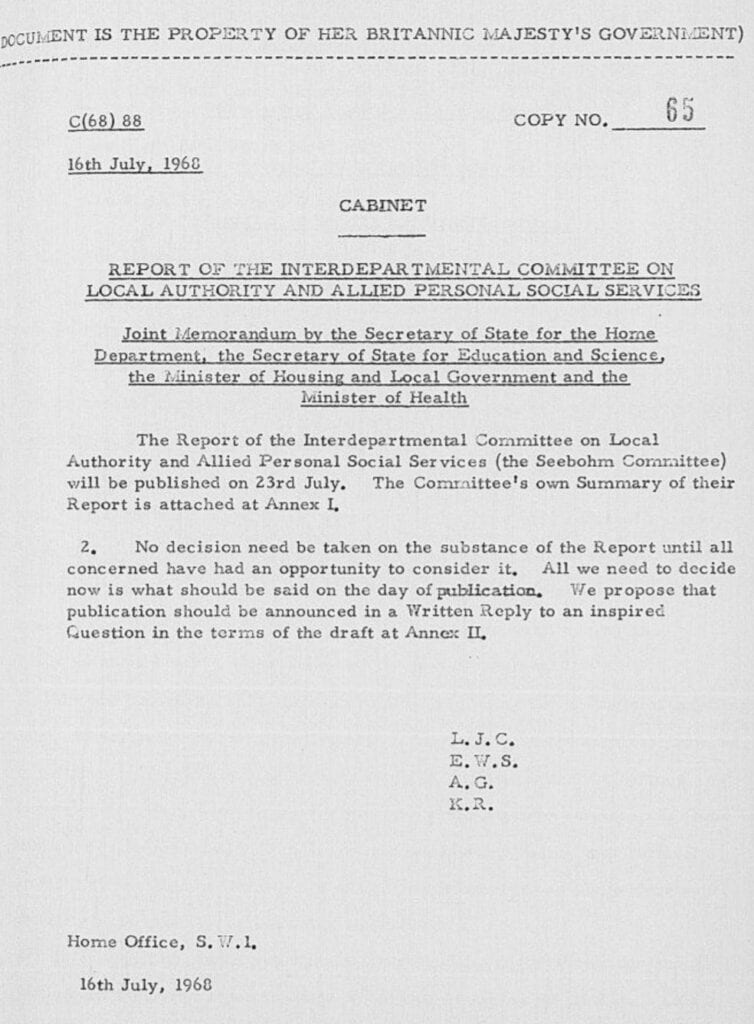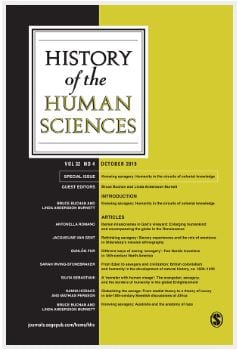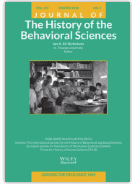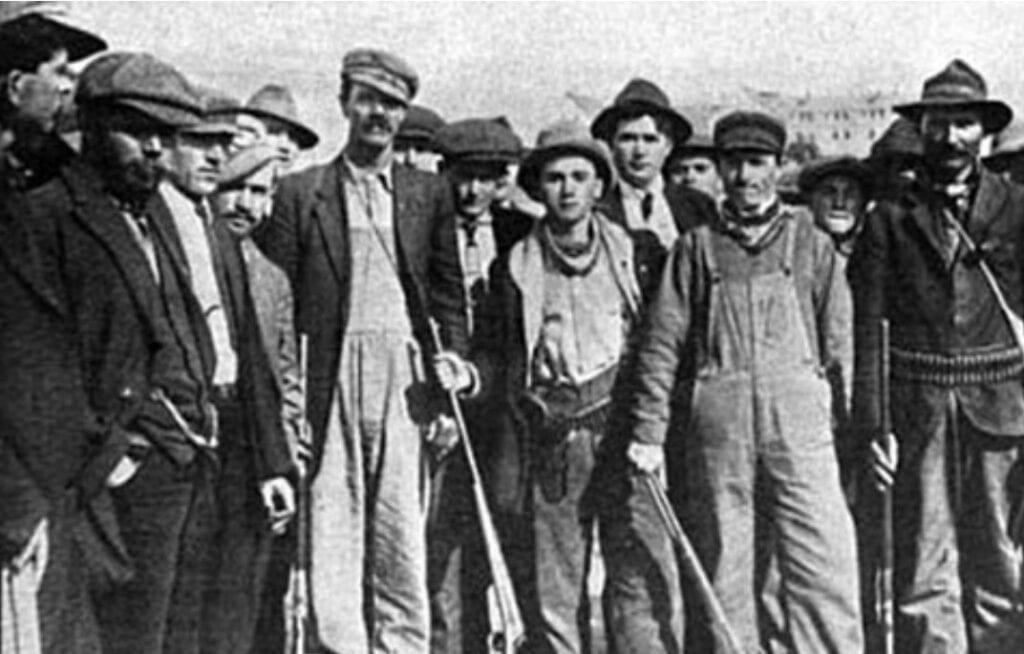
United Mine Workers of America strikers in Ludlow, Colorado, in 1914
news, new scholarship & more from around the world

United Mine Workers of America strikers in Ludlow, Colorado, in 1914


Clark Atlanta University Whitney M. Young Jr. School of Social Work was founded in 1920 in Atlanta, Georgia, as the Atlanta School of Social Work to prepare social workers for practice in underserved black neighborhoods. Spearheaded by black scholars and progressive whites during an era of racial segregation, 2020 marks its centennial as the first accredited social work program at a historically black college and university. In this book, social work professor Alma J. Carten describes the School’s transitions from its beginnings amid the pervasive racism sanctioned by Supreme Court rulings in the Dred Scott and Plessy v. Ferguson cases, through the decades of 20th century progressive civil rights reforms, and into the new conservatism of the 21st century.



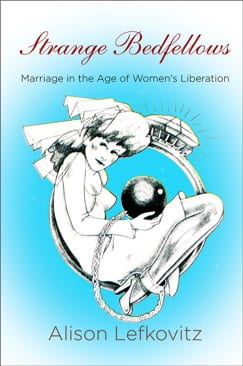

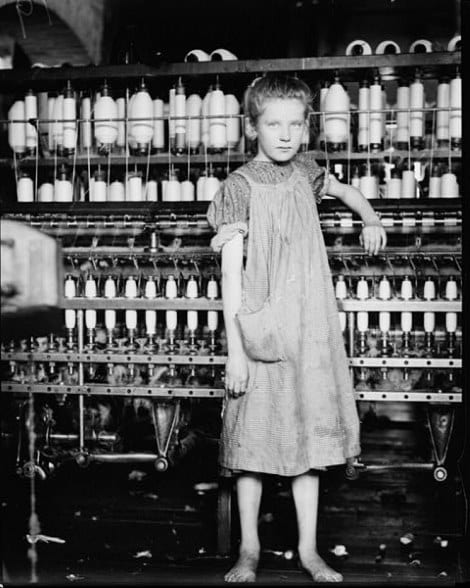
Addie Card, a 10-year-old spinner in the North Pownal, Vermont Cotton Mill, 1910. Hine described her as ‘Anaemic little spinner.’
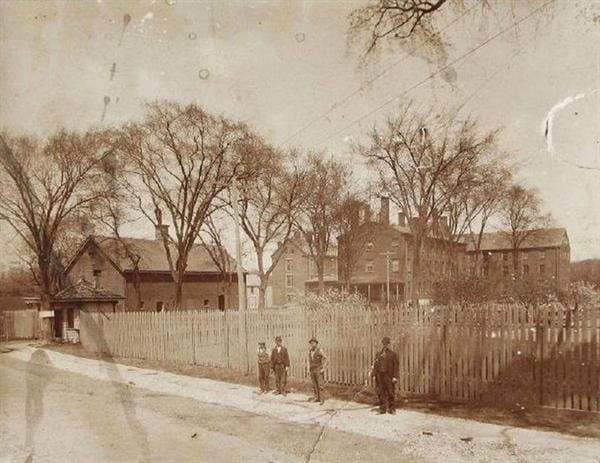
Portland, Maine – Almshouse



Not since the printing press has a media object been as celebrated for its role in the advancement of knowledge as the scientific journal. From open communication to peer review, the scientific journal has long been central both to the identity of academic scientists and to the public legitimacy of scientific knowledge. But that was not always the case. At the dawn of the nineteenth century, academies and societies dominated elite study of the natural world. Journals were a relatively marginal feature of this world, and sometimes even an object of outright suspicion.
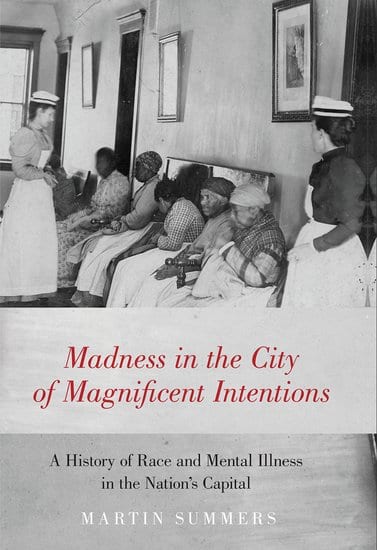
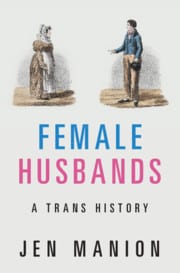


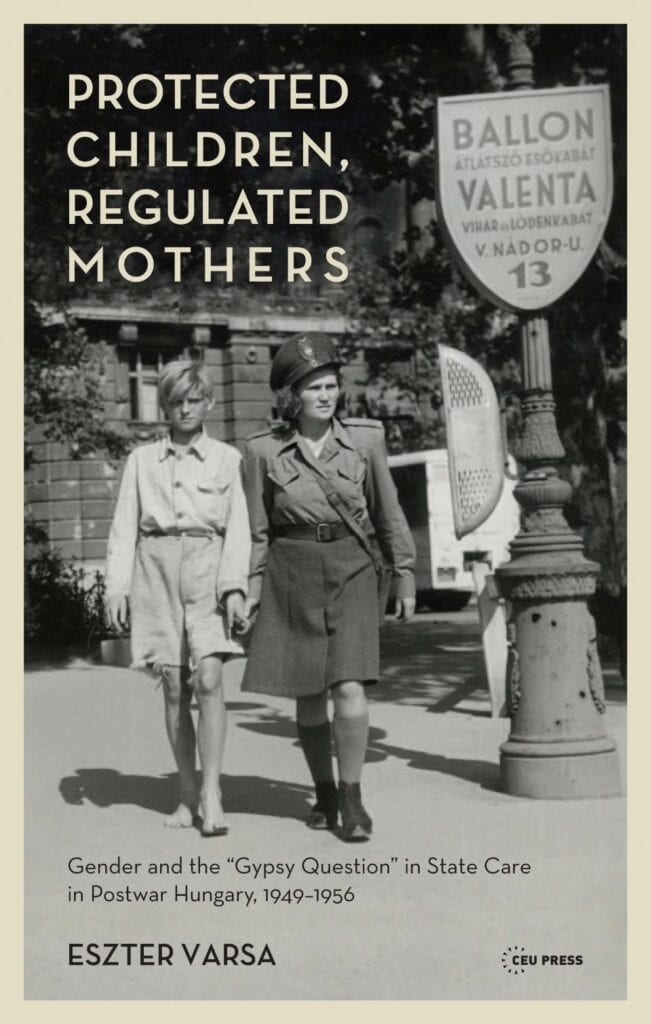
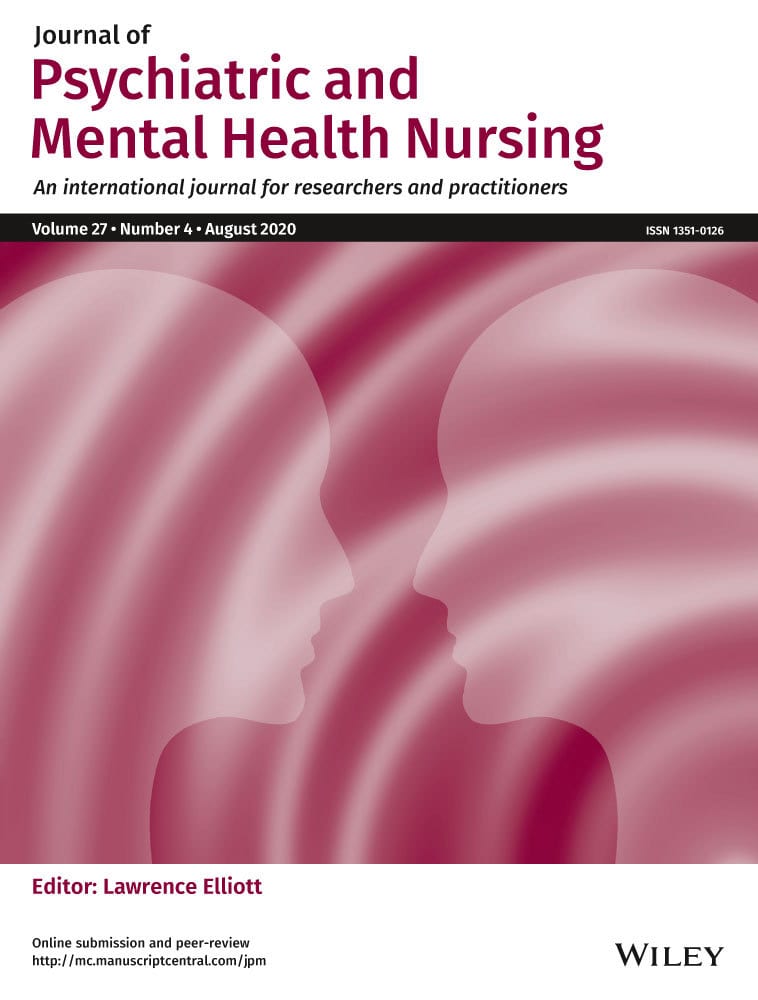

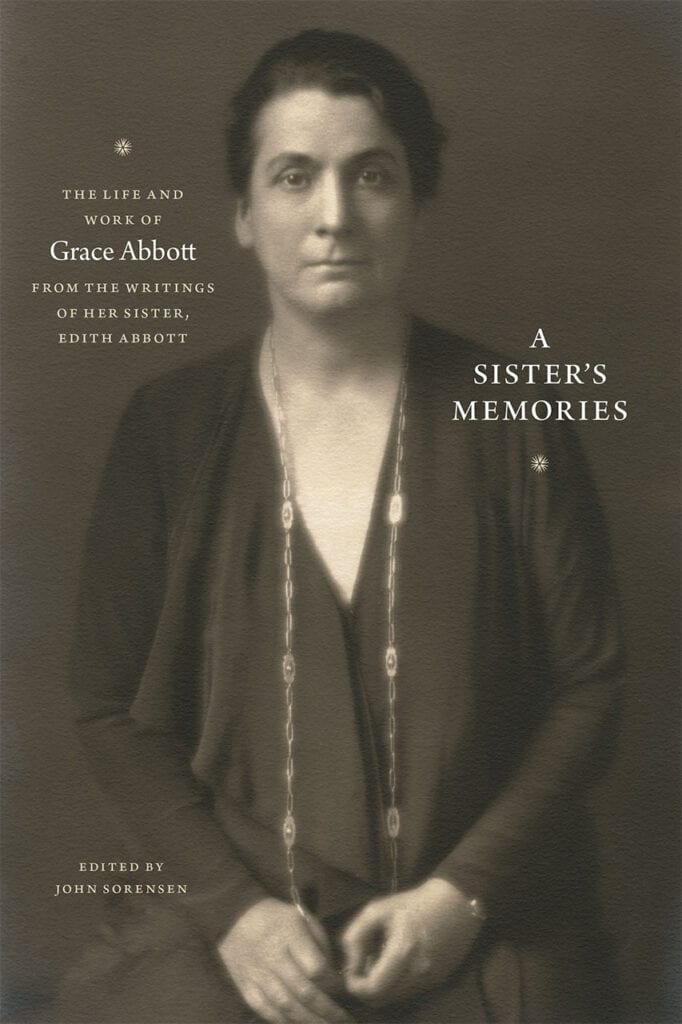
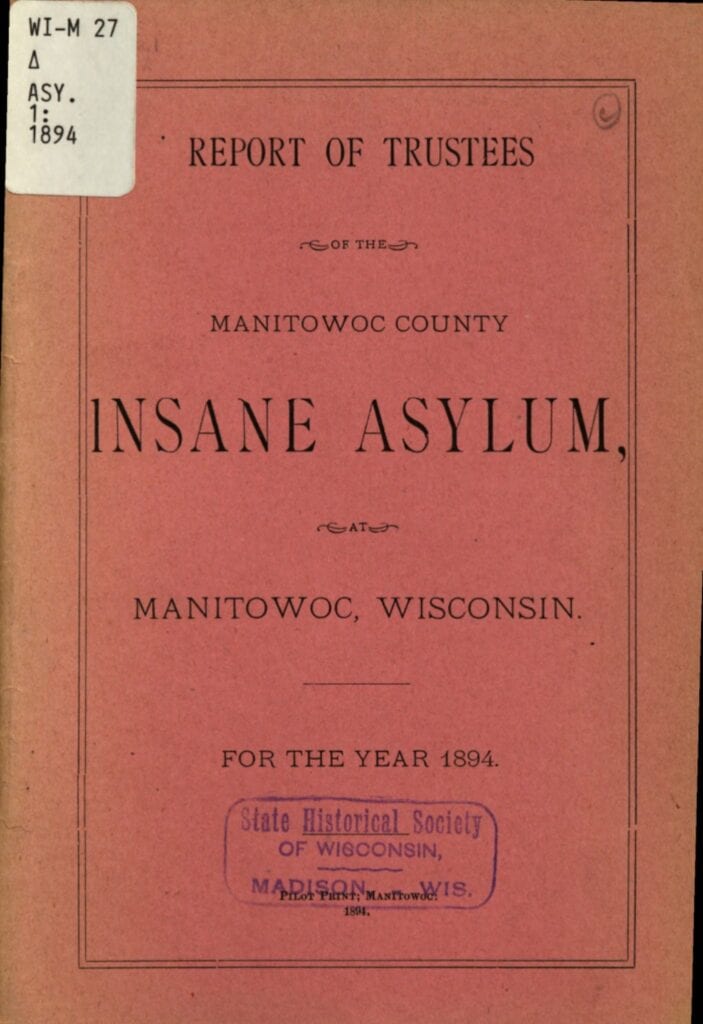
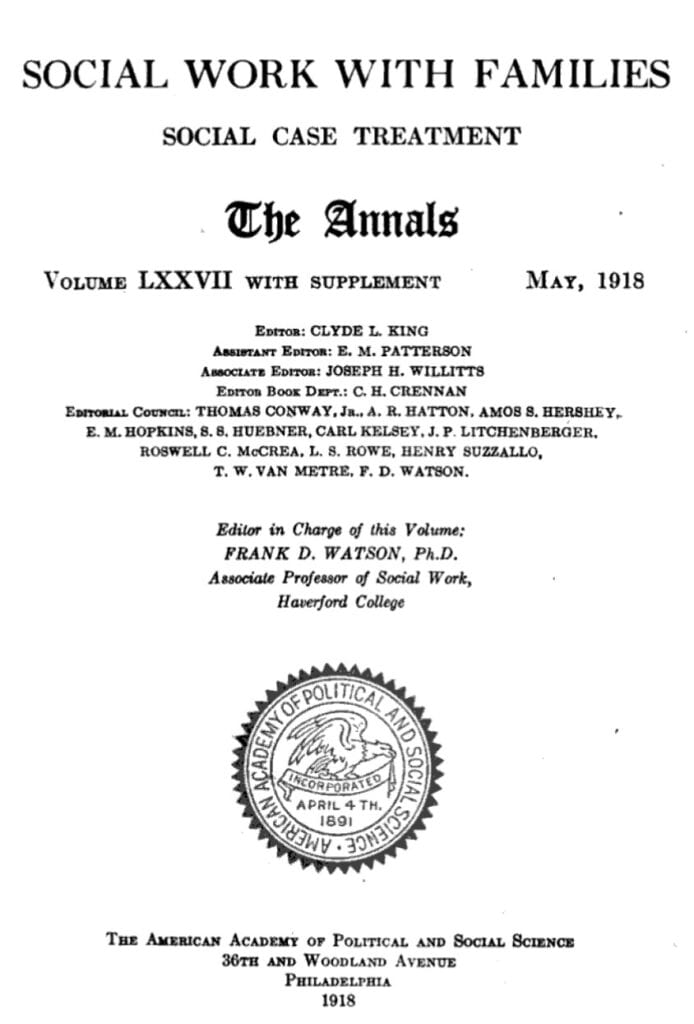


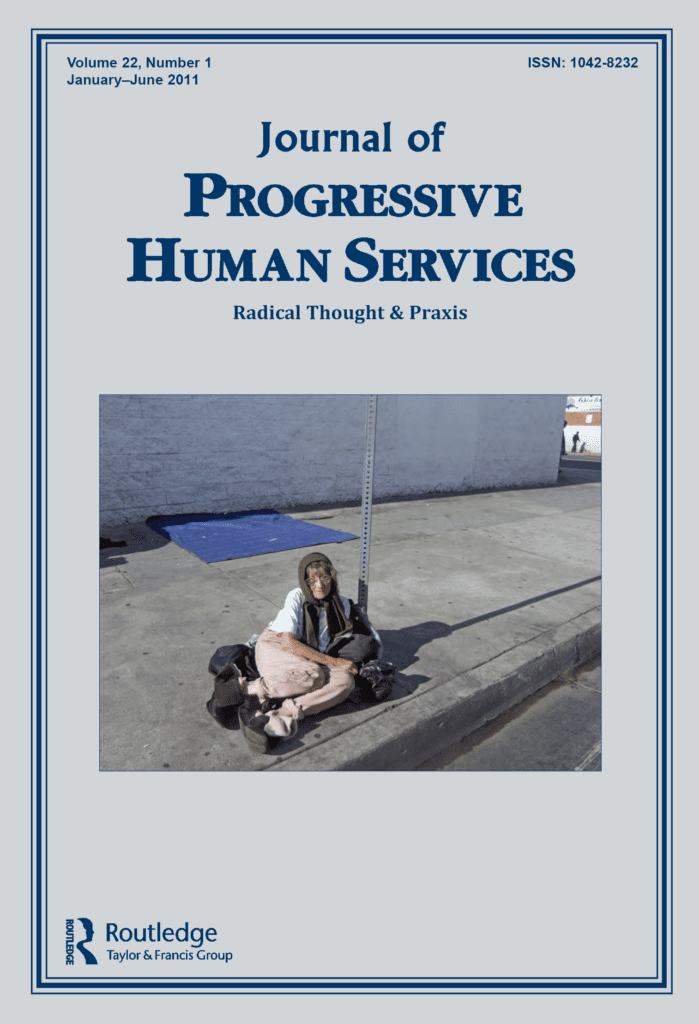
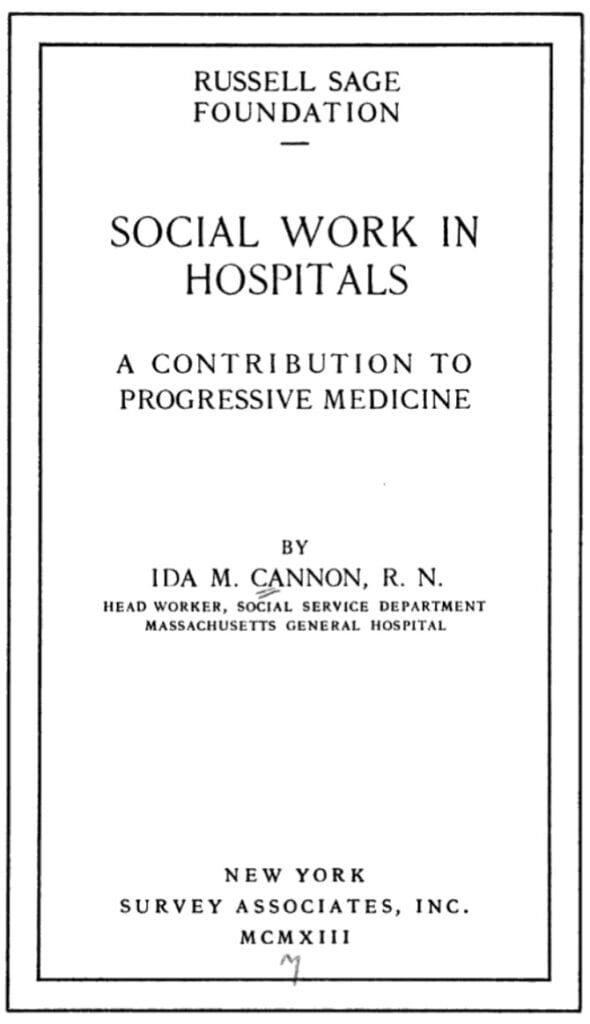


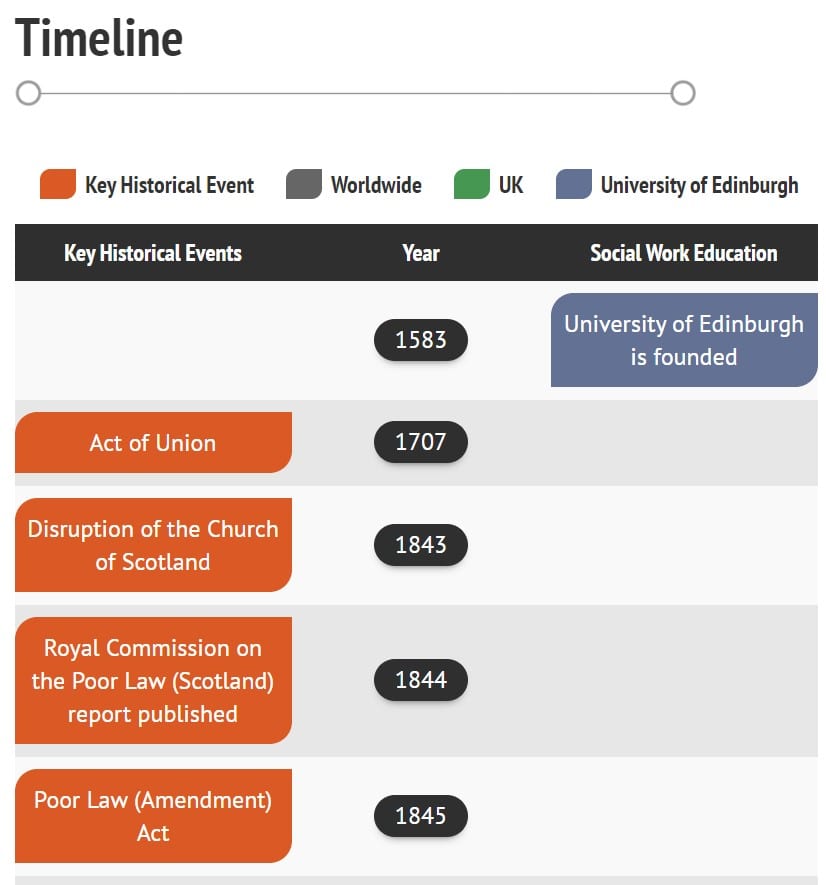
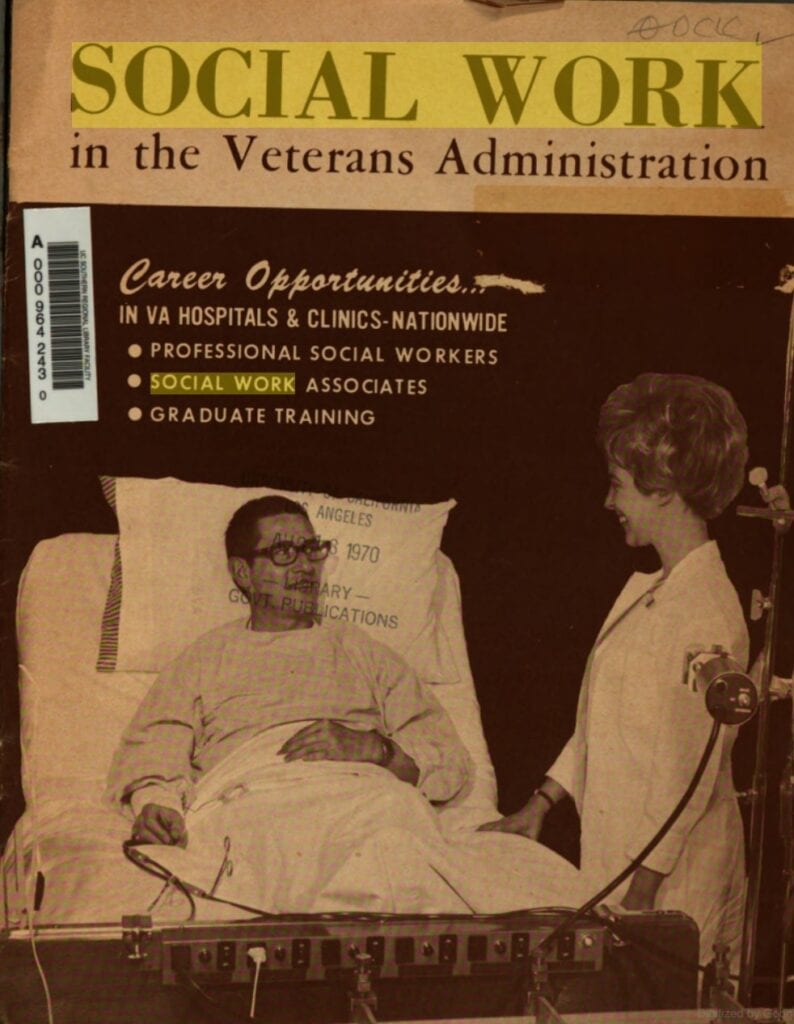
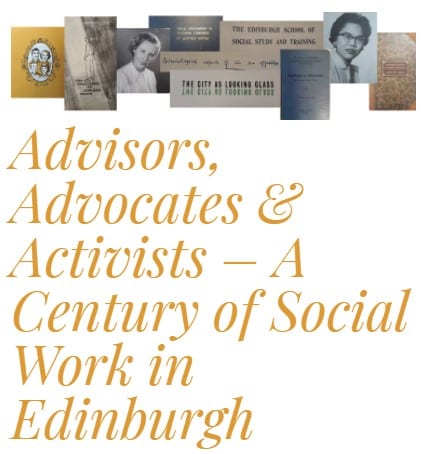
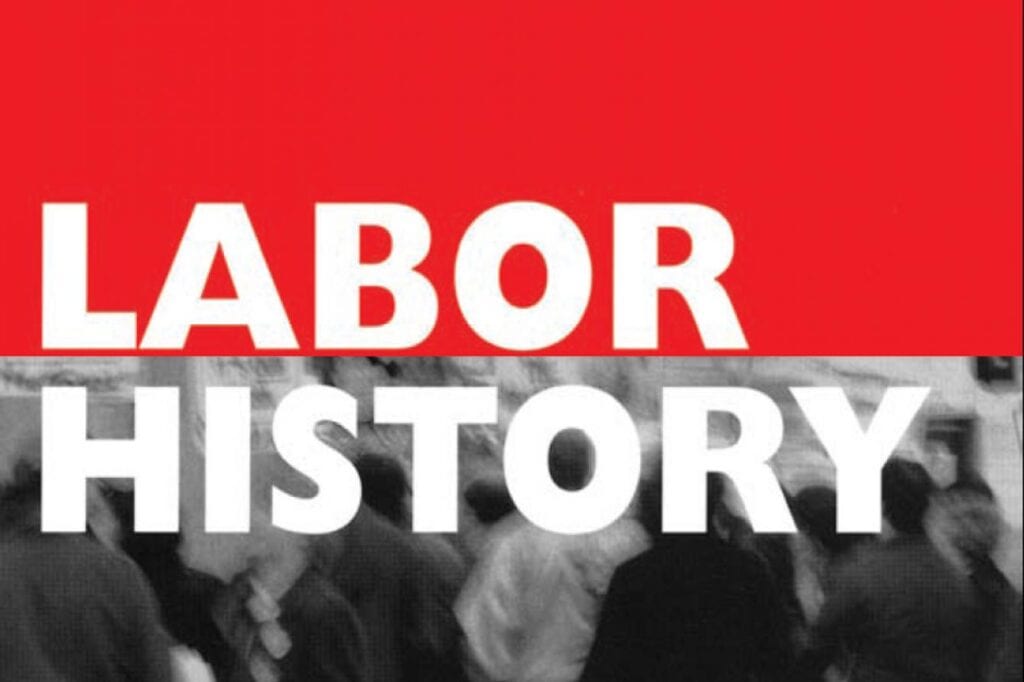
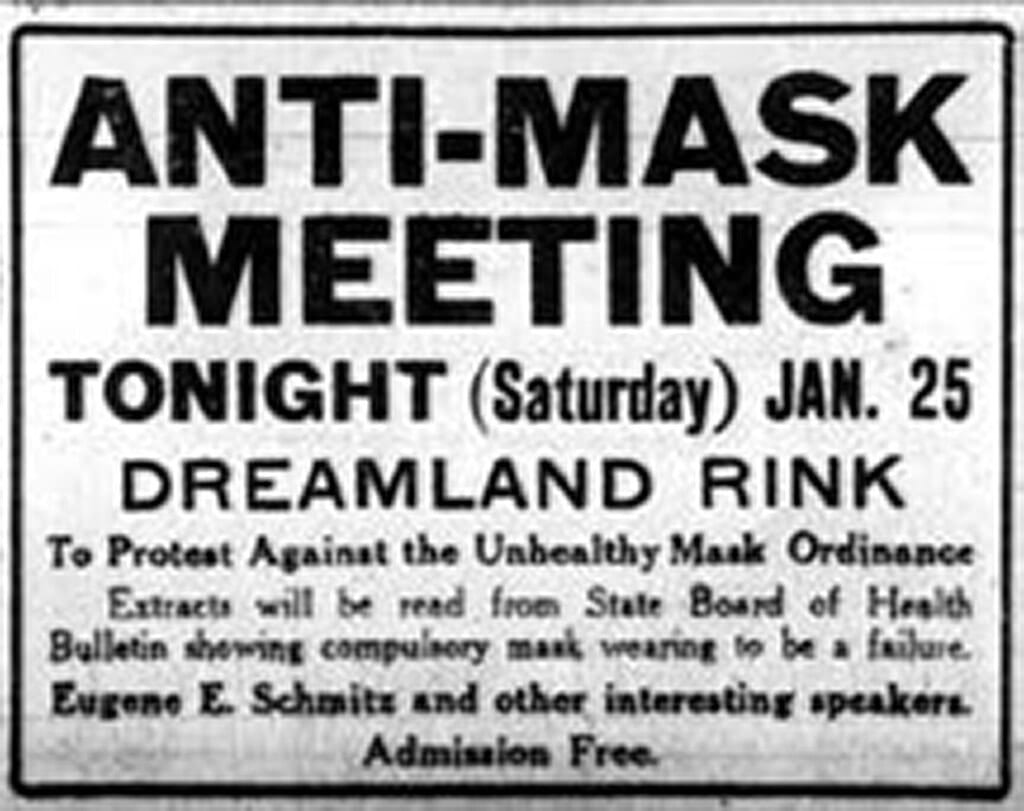
A call to protest by the Anti-Mask League in The San Francisco Chronicle, on Jan. 25, 1919.




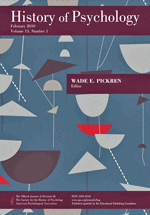



Millions of West German children were sent to brutal “spa” homes between the 1950s and 1980s that left them traumatized, a new report alleges. Many of the homes were run by former Nazis.


